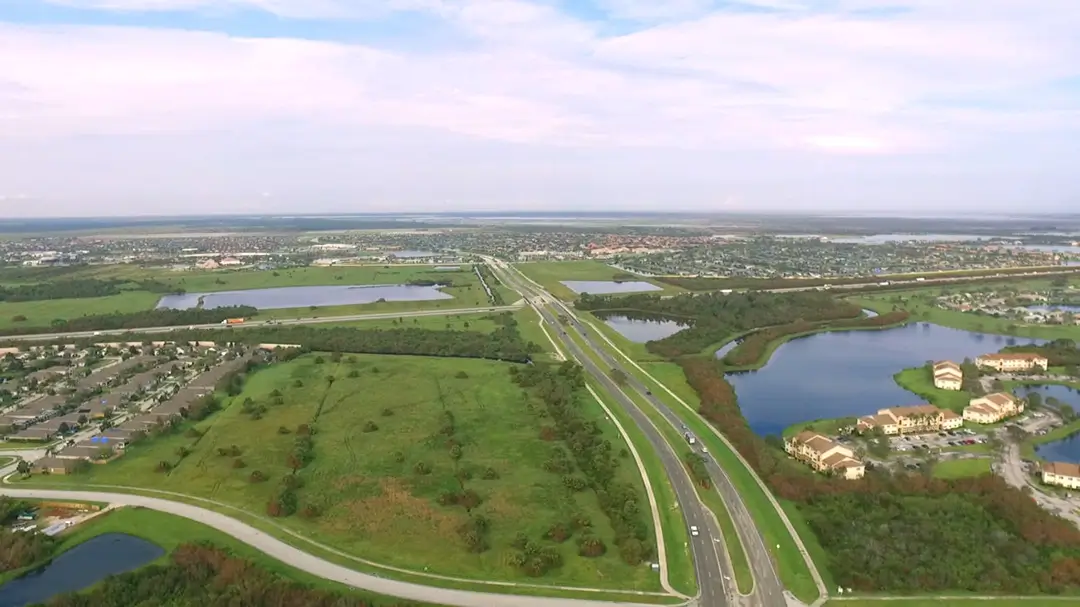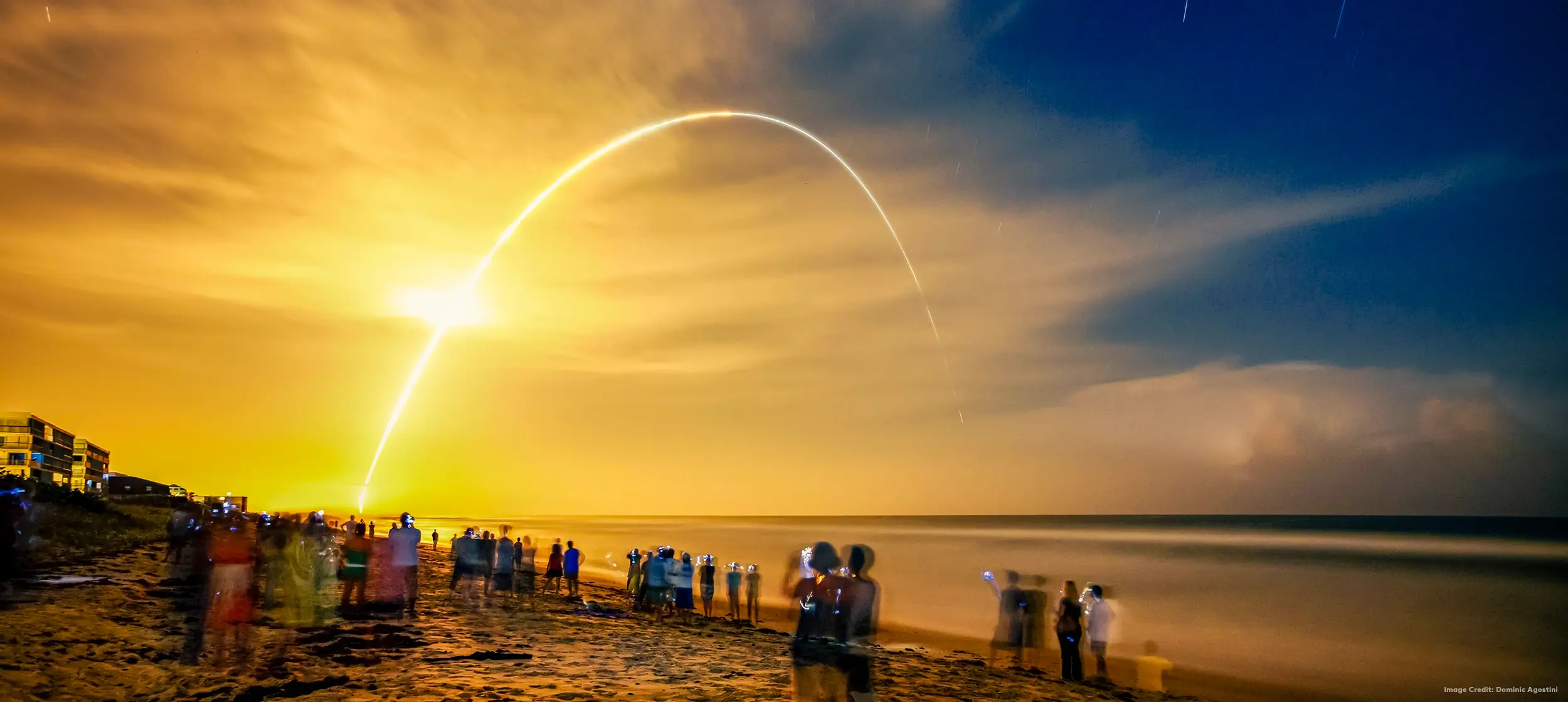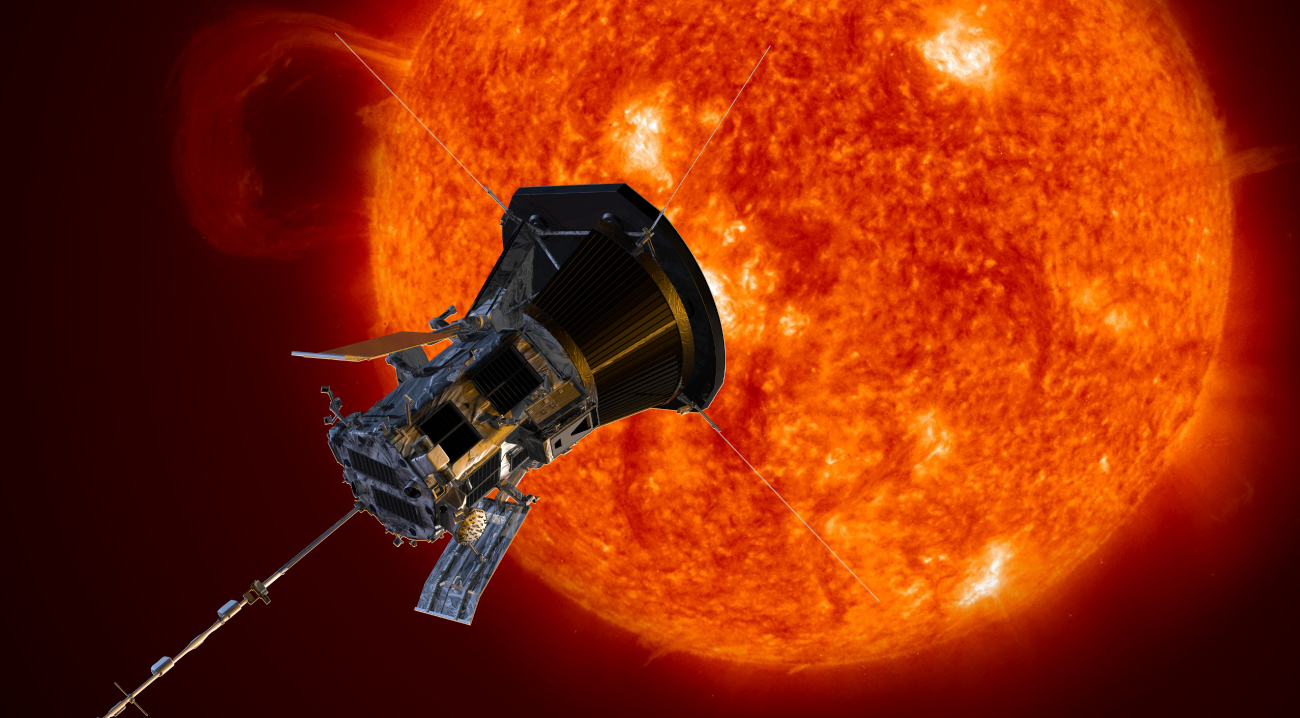
Invest, Relocate or Grow Your Business Here

Top Choice for Low Costs and Skilled Workforce

Thriving Hub for Comprehensive Medical Services

Invest, Relocate or Grow Your Business Here

Top Choice for Low Costs and Skilled Workforce

Thriving Hub for Comprehensive Medical Services

Top-Selling Master Planned Community

Learn How Viera Shapes Communities and Enriches Lives

Education & A-Rated Schools, From Pre-K to College

The Care You Need, Right Here in Your Community

Everything You Need to Live a Healthy Lifestyle

Everything in One Place

An Active, Exciting Destination Just Waiting to be Explored

Unique Local Culture Creating Unforgettable Memories

Discover an Eclectic Mix of Retail and Restaurants

Stay and Play with the Best in Hospitality

Rocket launches, Thrilling Wave, and Natural and Wild Spaces

Take Day to Experience the Viera Lifestyle on Florida’s Space Coast

Inspired Amenities and Unparalleled Value

Beautiful Homes for Every Stage of Life

100+ Floorplans—One Perfect Place


August 11, 2018 – The Parker Solar Probe lifted off from Canaveral Air Force Station on a long orbit to ‘touch the sun’ as NASA says. Lifted to space on United Space Alliance’s incredible Delta IV Heavy, it was a spectacular middle of the night launch from Florida’s Space Coast.
This important mission will study the sun’s outer atmosphere as well as the stream known as solar wind. The Delta IV Heavy gave the probe “the extra kick it needs to escape Earth’s gravity at a high enough velocity to put it on course for Venus in November, and eventually the sun,” says the New York Times.
The probe is named for Eugene N. Parker, a retired University of Chicago astrophysicist who was the first to predict the solar wind. It is the first time NASA has named a mission for a living person.
The Parker Solar Probe is designed to expand our understanding of the sun, measuring electrical and magnetic fields, cataloging the ingredients of the solar wind and photographing the corona — the outer atmosphere that is millions of degrees hotter than the sun’s surface.
During its first plunge to the sun, the probe will pass within about 15 million miles of the sun. That’s close enough for the instruments to collect some useful data, but the greater excitement will come later.
The spacecraft will eventually pass within 4 million miles of the sun’s surface, close enough to skim through the star’s outer atmosphere. Four million miles is about one-tenth the distance between the sun and Mercury, the innermost planet of the solar system. During its later orbits, the strong pull of the sun’s gravity will accelerate the probe to 430,000 miles per hour, which will be the fastest human-made object ever.At its closest approach, the outside of the spacecraft will reach 2,500 degrees Fahrenheit, or about the melting temperature of steel. But a 8-foot-wide carbon composite shield will absorb the intense heat and keep the spacecraft and its instruments cool.
The probe will also zip close to Venus, using that planet’s gravity as a brake to sap energy from its motion and allow it to spiral inward, closer to the sun. After seven such course changes, the probe will be in an 88-day elliptical orbit of the sun, with a closest approach of about 3.8 million miles.
In total, the spacecraft will complete 24 orbits before its expected mission end in 2025.
“All I can say is wow, here we go,” said Dr. Parker, age 91, on a NASA broadcast from Florida after liftoff. “We’re in for some learning over the next several years.”
SOURCE: NY TIMES, By Kenneth Chang, Aug. 11, 2018
Image credit: NASA/Johns Hopkins APL/Steve Gribben
ARTICLE: https://www.nytimes.com/2018/08/11/science/parker-solar-probe-launch.html
Watch Touching the Sun on Times Video
https://www.nytimes.com/video/science/100000006012333/nasa-parker-solar-probe.html?emc=eta1